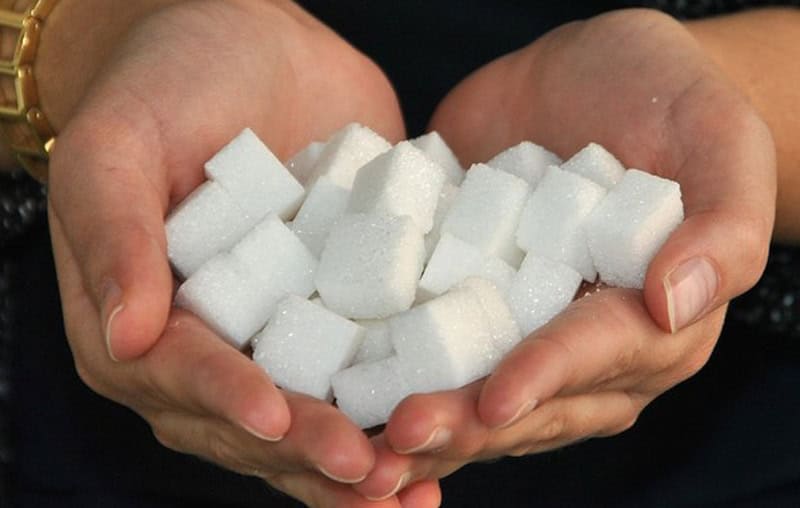When looking at beet sugar vs cane sugar, some argue that one caramelizes better than the other.
Exploring the Differences in operation and Advantages Between Beet Sugar Vs Cane Sugar
In the culinary globe, the choice between beet sugar and cane sugar is not simply about sweetness but entails a nuanced consideration of flavor, application, and impact. While both sugars stem from various plants, each undergoes unique manufacturing procedures that subtly influence their attributes and suitability for various dishes.
Origins and Manufacturing Processes of Beet and Cane Sugar

Walking cane sugar, on the other hand, comes from the sugarcane plant, a tropical yard indigenous to Southeast Asia yet currently cultivated in exotic areas worldwide. The production of cane sugar begins with the harvesting of cane stalks, which are squashed to release the juice. This juice is then steamed to focus it, after which it is rotated in centrifuges to create raw sugar crystals. These crystals are more refined to produce the white sugar generally offered in stores.

Nutritional Material and Wellness Considerations

When comparing the dietary content of beet sugar and cane sugar, it comes to be noticeable that both kinds essentially provide the very same calorie worths, with around 16 calories per tsp and no substantial nutrient variety. Each is made up almost entirely of sucrose, which is an easy carbohydrate that provides quick power yet does not have vitamins, minerals, or fiber. This similarity reaches their impact on health, especially worrying blood sugar level degrees. Both sugars, when eaten over, can add to raised blood glucose degrees, a danger variable for diabetic issues and various other metabolic disorders. Too much intake can lead to weight gain and oral troubles, as both sugars are just as cariogenic, promoting tooth decay. From a wellness perspective, regulating consumption of any kind of kind of sugar, whether from beet or cane, is advisable to prevent these potential unfavorable impacts on health. Hence, neither holds a distinctive advantage over the various other in terms of wellness advantages.
Taste Profiles and Culinary Applications
Regardless of their similar chemical structures, beet sugar and cane sugar differ discreetly in taste, which can influence their usage in numerous culinary contexts. Cane sugar often lugs a hint of molasses, even in its refined kind, lending a warm, caramel-like touch that enhances baked items, coffee, and chocolate-based recipes. On the various other hand, beet sugar is identified by its go to the website extremely fine-tuned, neutral preference, making it a functional sweetener that does not change the flavor accounts of recipes.
Ecological Impact and Sustainability
While both beet and cane sugars are derived from plants, their ecological impacts differ significantly due to the distinctive methods of farming and handling needed for each. Sugar beet growing typically includes extensive automation, which can enhance fossil gas consumption and carbon discharges.
Moreover, the processing of sugarcane frequently produces a significant quantity of waste, including bagasse, which, although useful as biofuel, frequently contributes to air pollution if shed inefficiently. Sugar beet handling makes use of more of the raw materials, causing much less waste. Both industries encounter difficulties in useful source decreasing their ecological impacts, but continuous advancements in agricultural methods and waste administration are intending to enhance sustainability.
Economic Elements Influencing the Sugar Sector
The financial characteristics of the sugar industry are significantly influenced by worldwide market needs and trade plans. Elements such as tolls, aids, and international profession agreements play vital duties in shaping the competitive landscape. As an example, in regions where sugarcane or sugar beet production is subsidized, producers may have a monetary advantage that allows them to offer lower costs on the worldwide market. This can create disparities in success and market gain access to for manufacturers in countries without such aids.
Additionally, changes in international need for sugar, affected by dietary fads and commercial use in foodstuff, directly impact prices and production degrees. beet sugar vs cane sugar. Weather likewise play a critical function, as they can substantially influence crop returns and, as a result, the supply chain. This irregularity presents a degree of economic unpredictability that can lead to investment volatility in sugar production fields, influencing choices from planting to market approach
Verdict
Finally, both beet and over here cane sugar have special qualities that match various cooking requirements. While cane sugar imparts an abundant taste suitable for boosting baked products, beet sugar's nonpartisanship is best for lighter meals. Nutritional resemblances regardless of, their distinctive manufacturing procedures and environmental impacts include intricacy to the choice between them. Therefore, recognizing these differences helps cooks and customers make informed decisions that line up with their wellness, culinary, and ethical preferences.